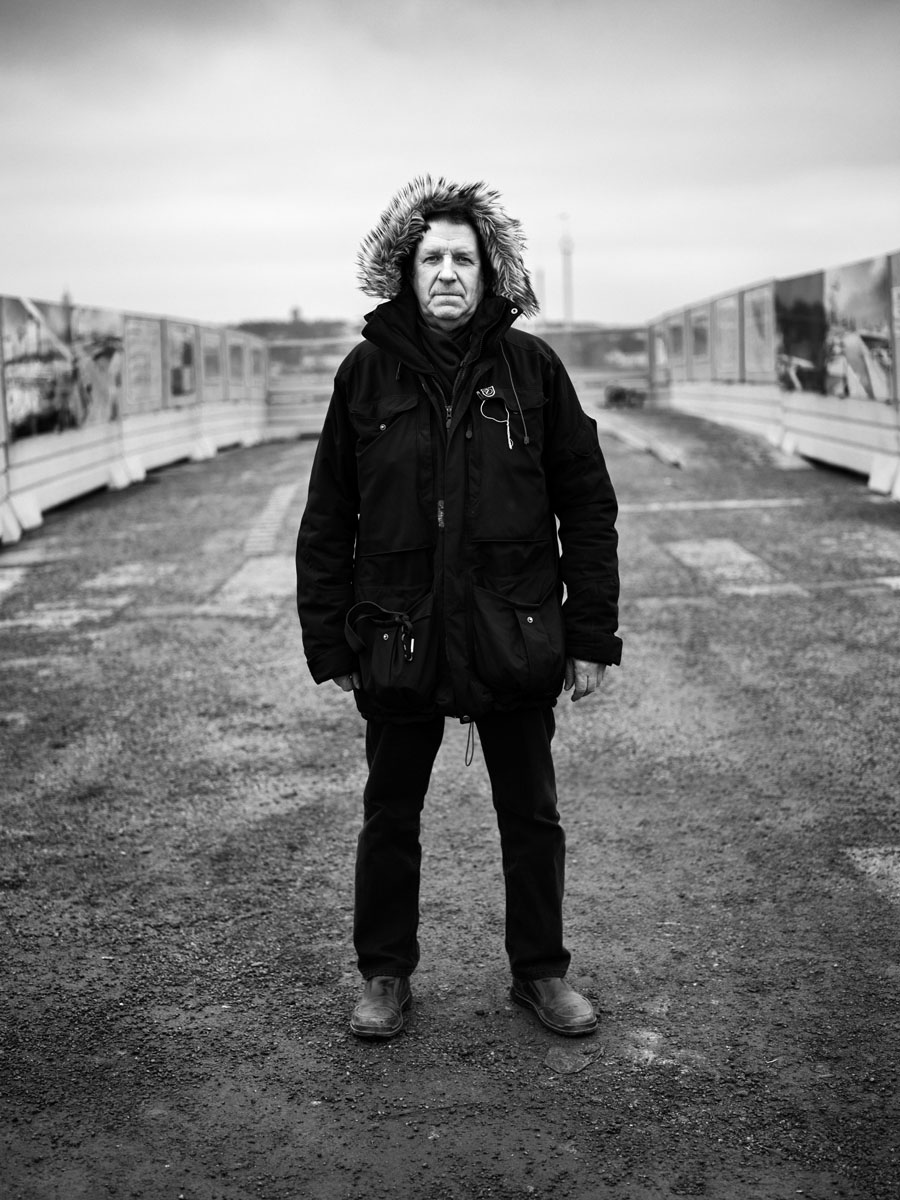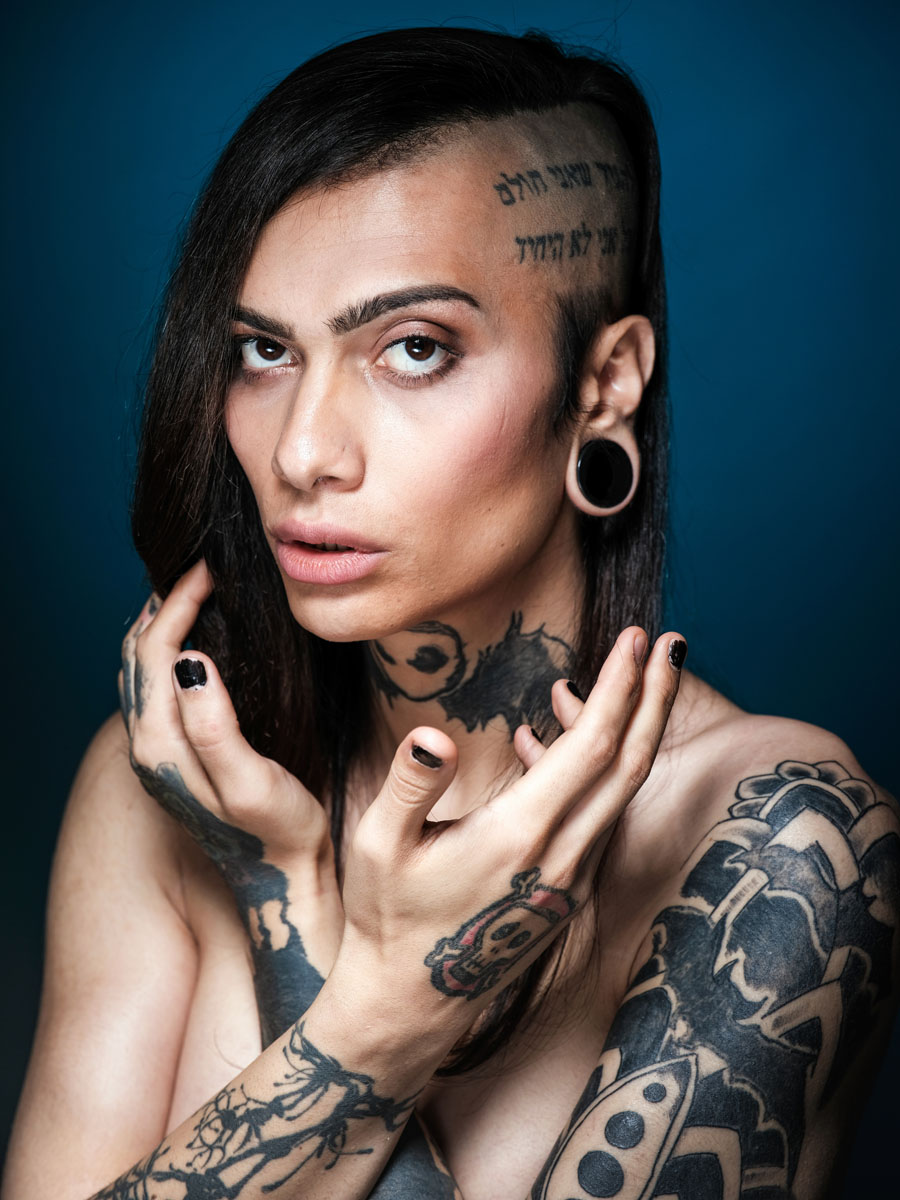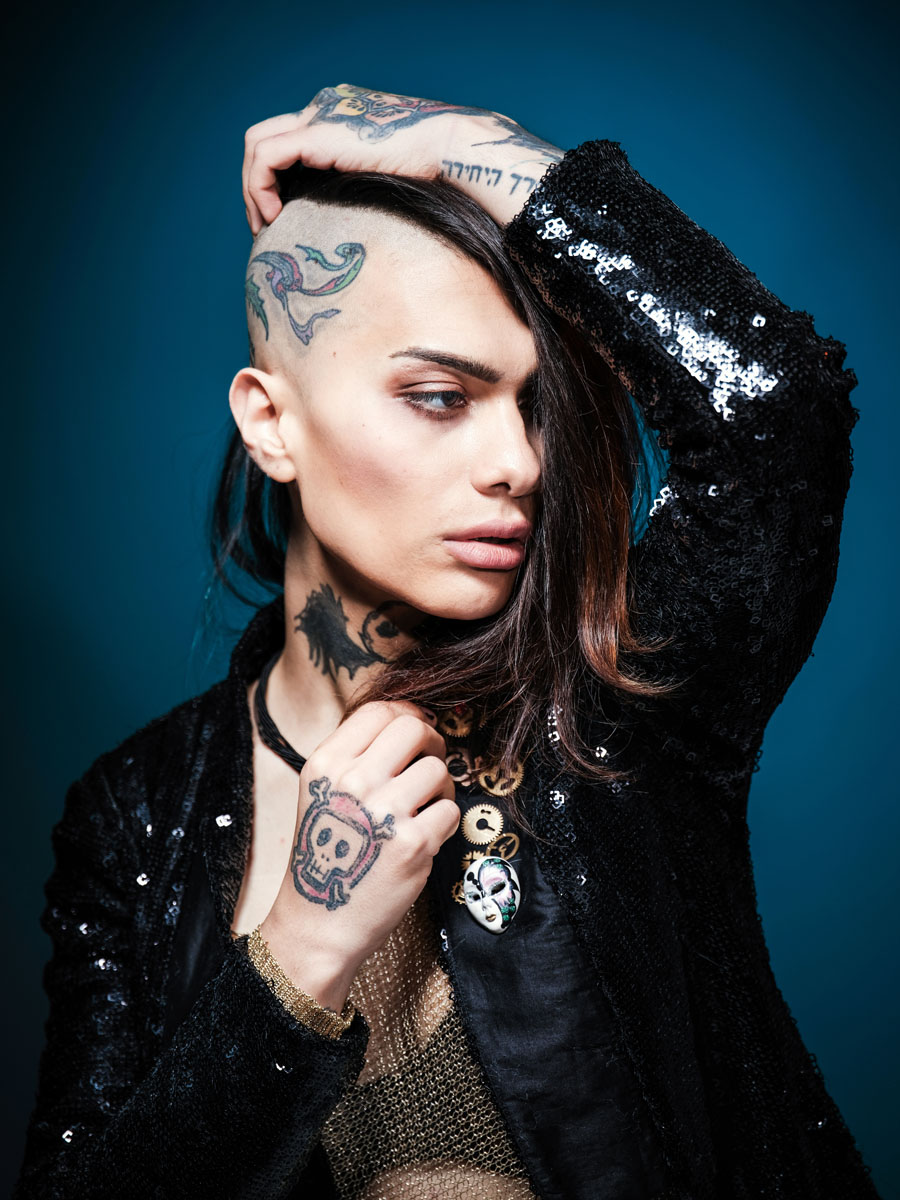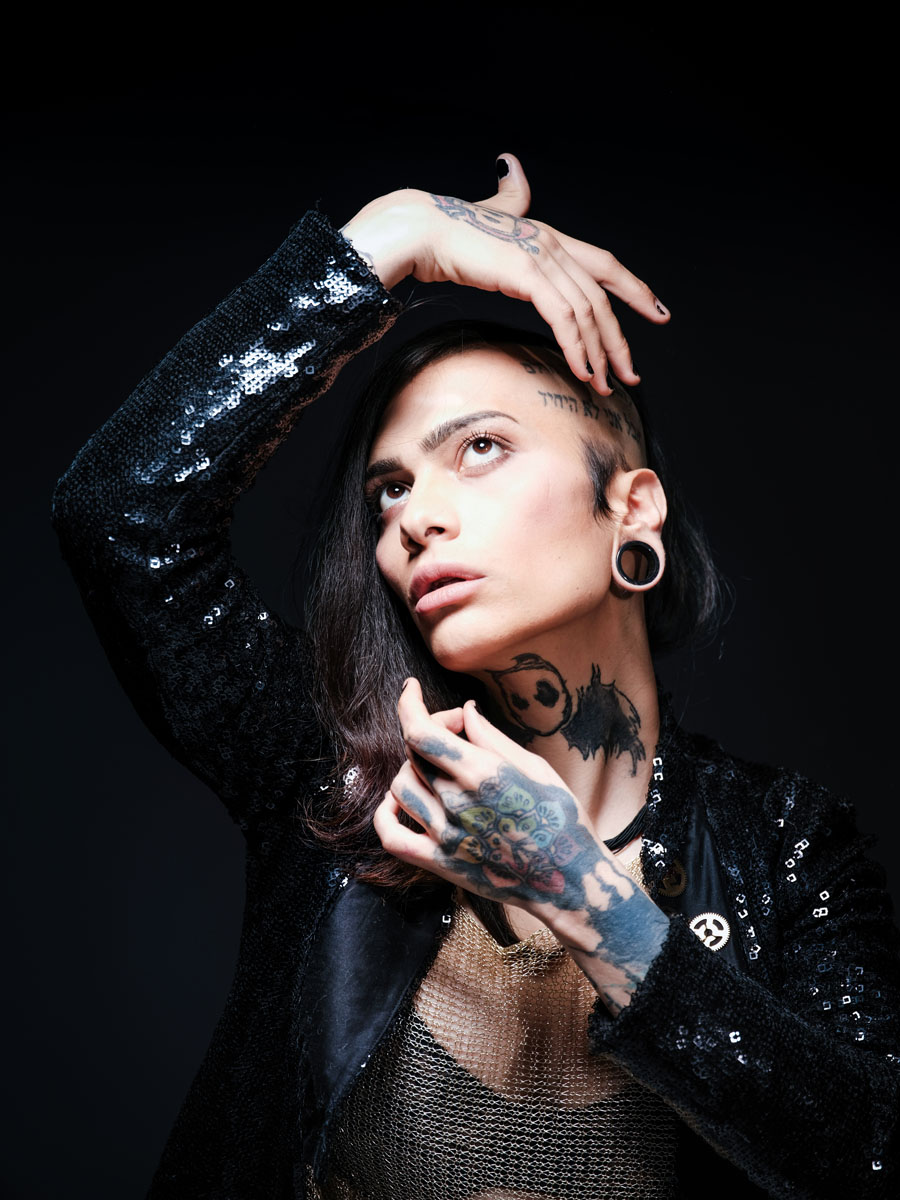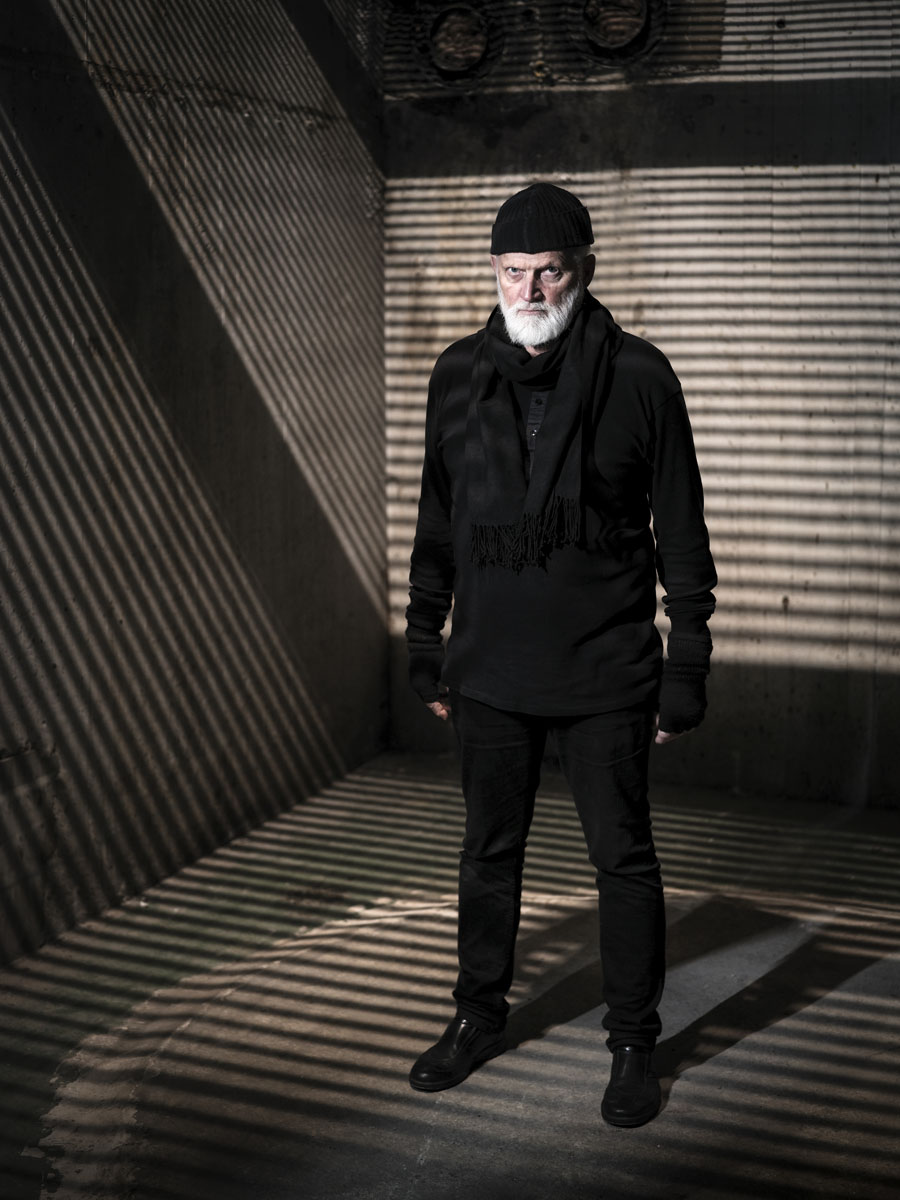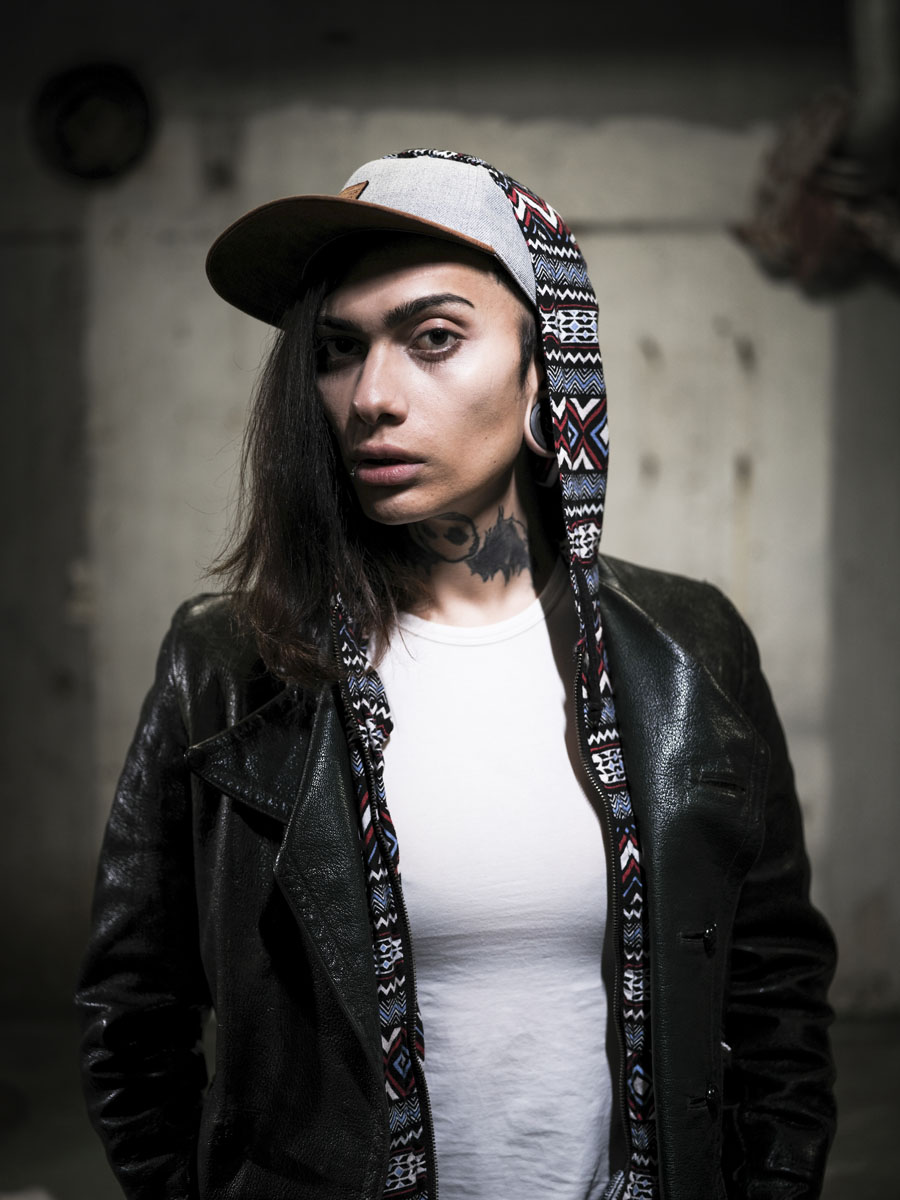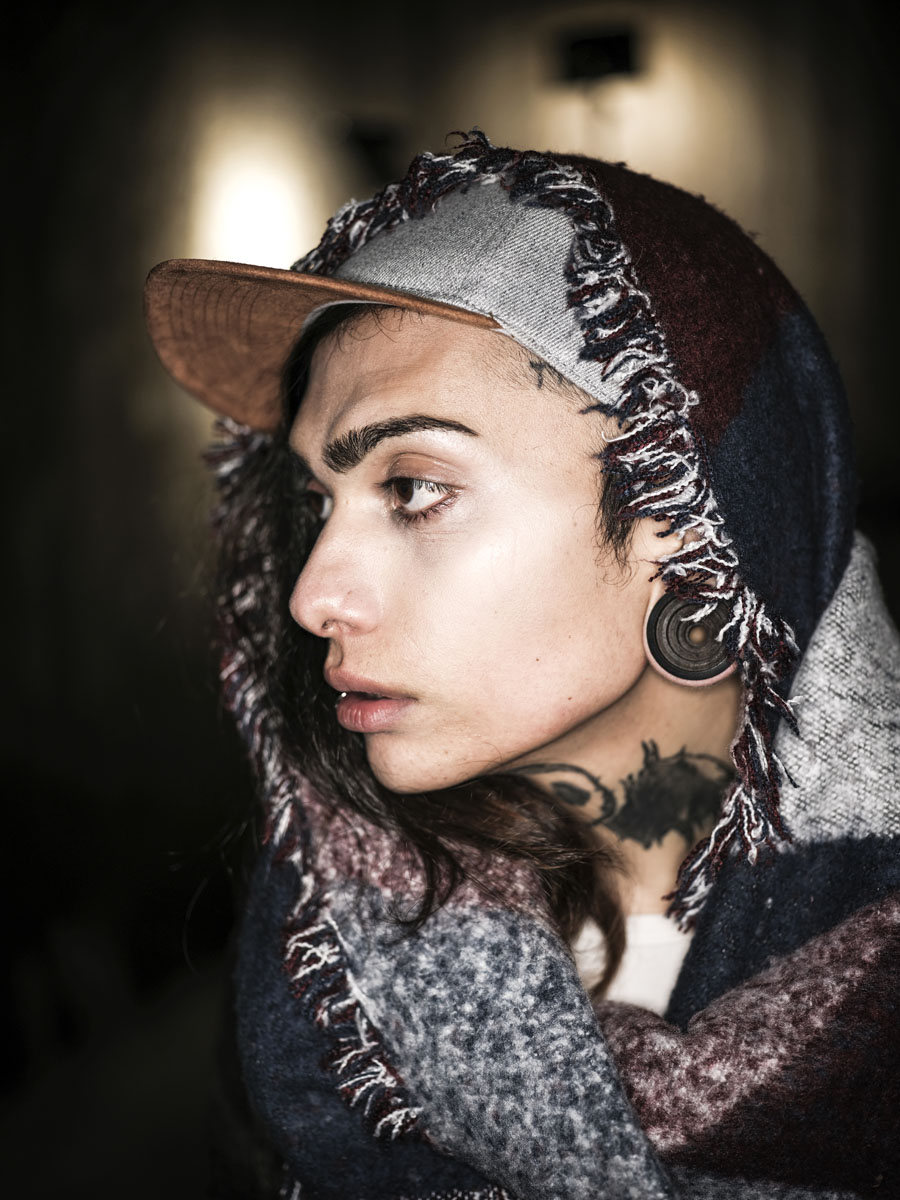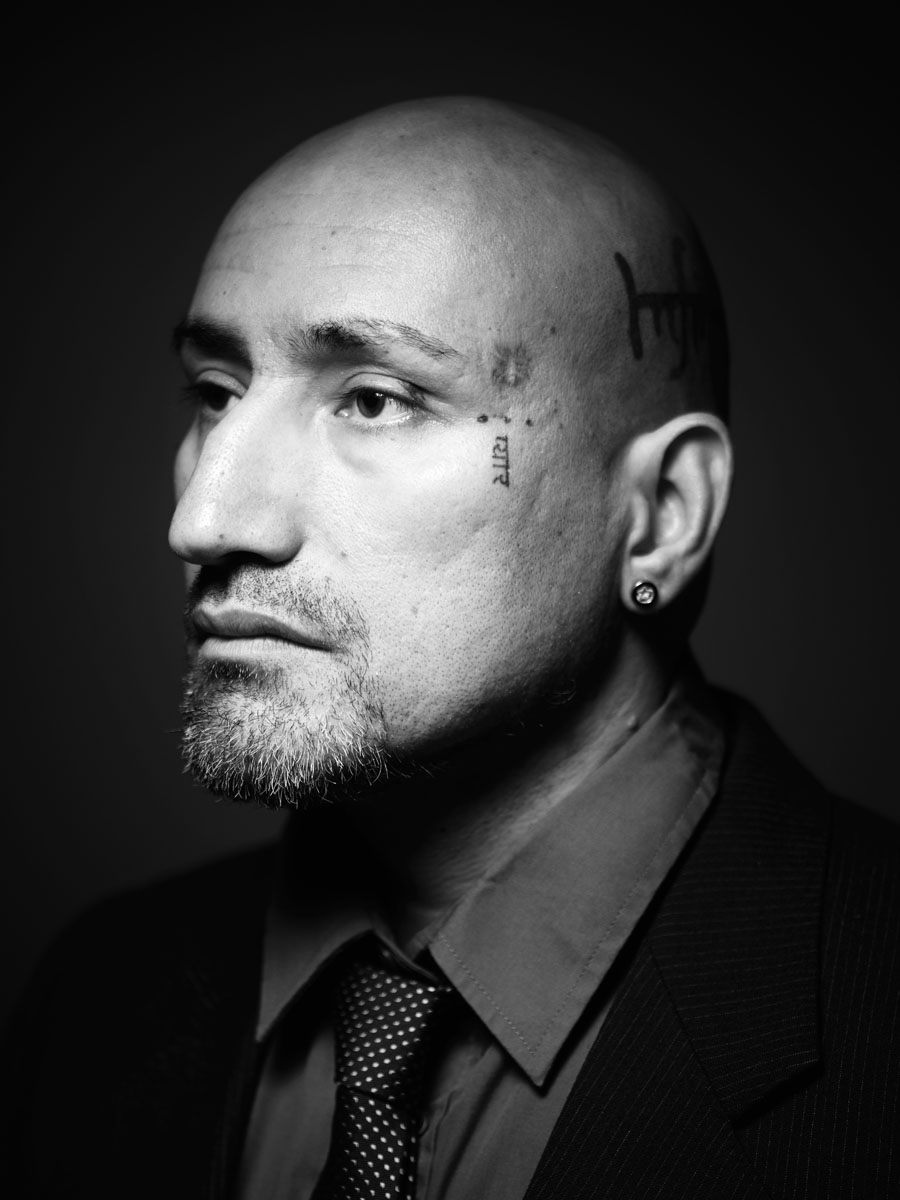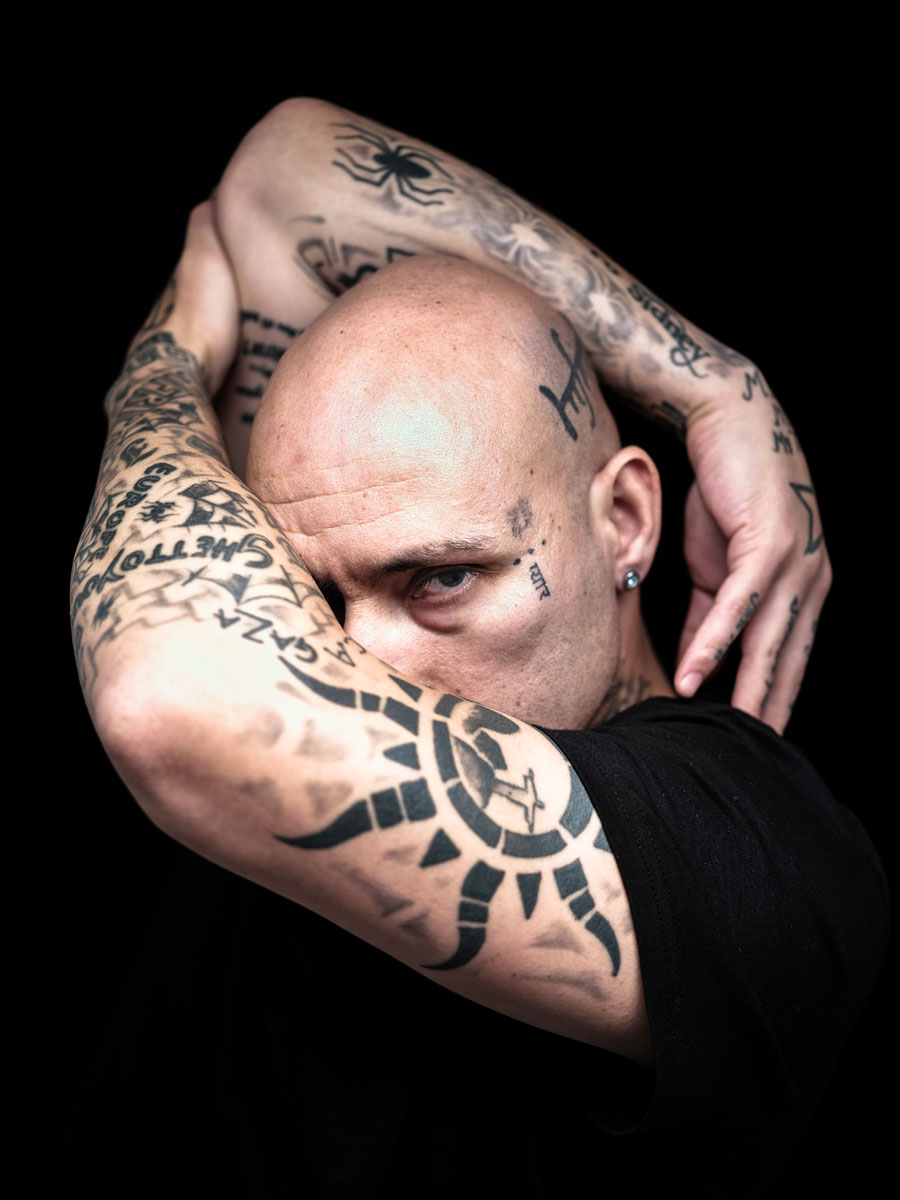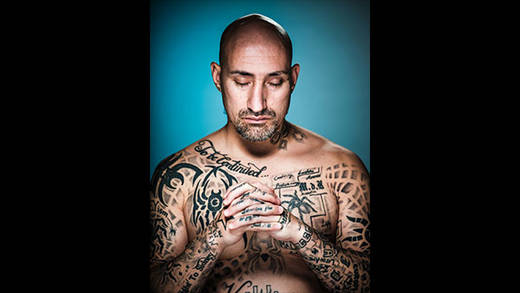
GFX Impression by Knut Koivisto
Knut Koivisto
I still remember that day at Photokina, when I held the new FUJIFILM GFX 50S in my hand. My first thought was ”I don’t want to give it back! I want to take it with me home to Sweden.” Then: ”how light it is. Not as heavy as I expected,” and after that, ”how well balanced this camera is.”
This is clearly a camera designed for the working photographer, one who shoots for hours and and wants the best tool.
When I started as a photographer in the analog days, I shot a lot on medium format cameras. I loved – and still love – the feeling they gave me, that 3D touch and smooth rendering of tones you got from the negatives and the lenses. I missed that in the digital era. So I was understandably excited when the buzz started around Fujifilm’s medium format development!
When Fujifilm asked me to be a part of the GFX Challenge I knew this was the chance for me to put both the camera and myself to the test. They told me I was getting a prototype for a couple of days, and that not all its functions would be installed – hence the title ”Challenge” – and of course I said yes. No way was I going to let the chance to shoot with the hottest camera in the world, pass me by!
It seemed like a long time, but that day in October finally came: I got the GFX .
The camera was ”rough” in some ways, since not all functions were working. And still it was a dream to photograph with. Its size and menus are so similar to the X-T2, that it felt like a big brother.
I have now shot with the GFX for four different periods, each time with a version closer to the final production sample. It just gets better and better, faster and faster. I had no manual for the camera but I didn’t miss it, as everything so intuitive, so closely mirroring the X Series. There is no problem using the GFX in parallel with an X-T2 or X-Pro2.
I have used this camera everywhere: in my studio and on location, I have shot urban landscapes, at one of the finest hotels on the Riviera, street portraits, and it just keeps delivering. I have so many thoughts and ideas about what I am going to do with this camera, when I finally get one of my own!
But let’s not forget the most important aspect of a camera, for a photographer: The image quality. Did the images deliver that medium format feeling?
Thus far I’ve only worked with JPEG files, as I have not had access to a working RAW converter. When I loaded up the first images on my computer, I recognized that feeling from my medium format days. I was in love again. I had no problem editing the JPEGs, but I’m really looking forward to a working RAW converter to see how much more I can tweak the RAW files. The image quality and that special medium format feel – the 3D touch and smooth rendering – is definitely there.
Besides total usability, speed, and features like weather sealing, there is one function I’m really glad Fujifilm put into the GFX. It might seem unnecessary to have Wi-Fi on a medium format camera, but it’s something I’ve come to love. Right after a shoot, I can wirelessly transfer a couple of images to my smartphone, and edit them to post on social media. In camera Wi-Fi makes it super easy to do this, and also gives the people I photograph the ability to share the event for maximum reach, which is more important than ever for a working photographer today. Additionally, I also find this a nice way to make fast concept sketches while I still have a shoot fresh in my mind. This helps me afterwards, when I’m ready to do the real editing on my computer.
The Fujifilm GFX50S is the first camera in a new system. I can only imagine how it will evolve, but I’m sure it will take photographers to places we only dream about right now. Fujifilm has already done that with the X-series. With the GFX, the game just changed. Don’t you just love it?















































